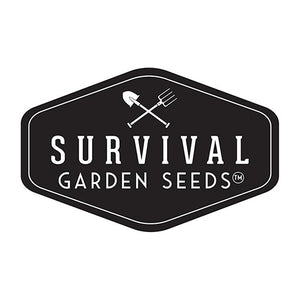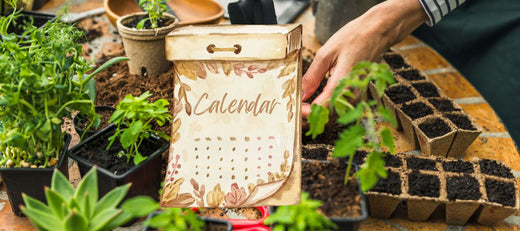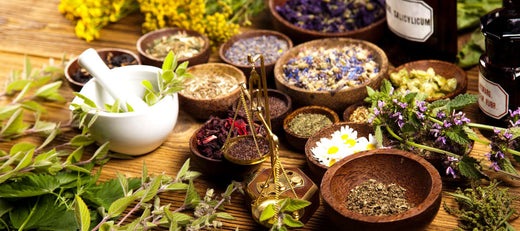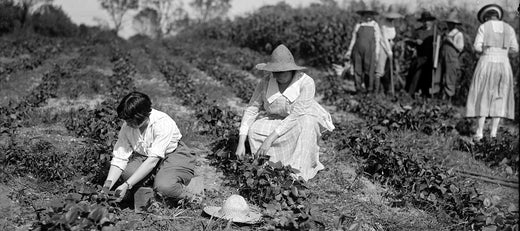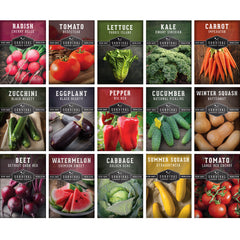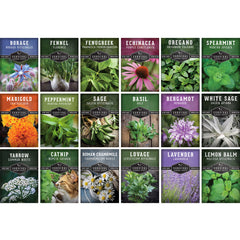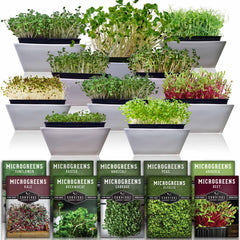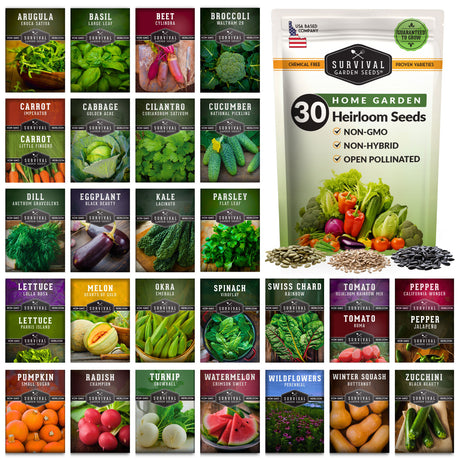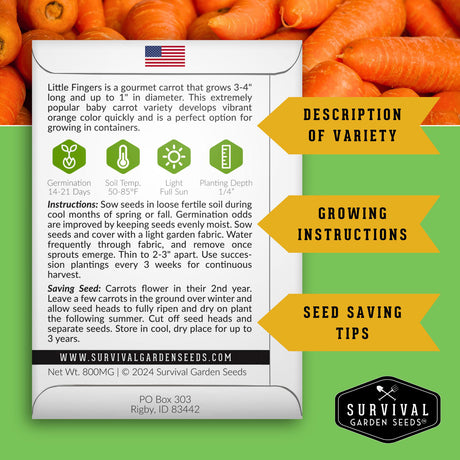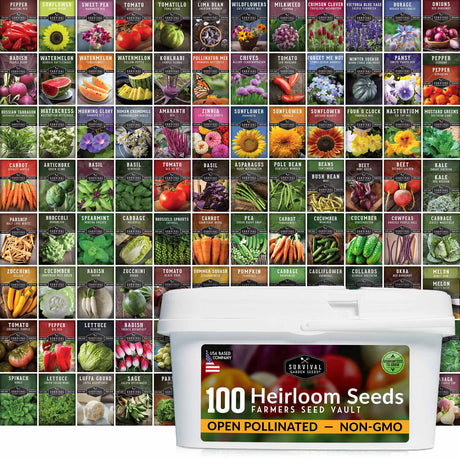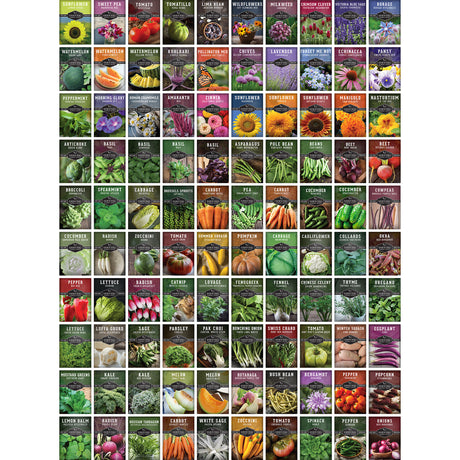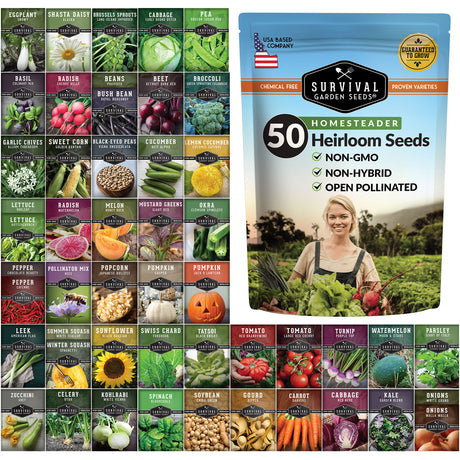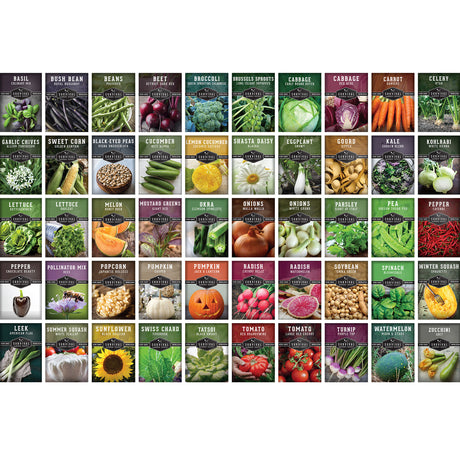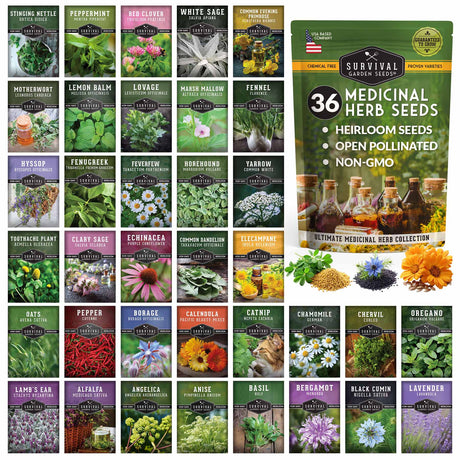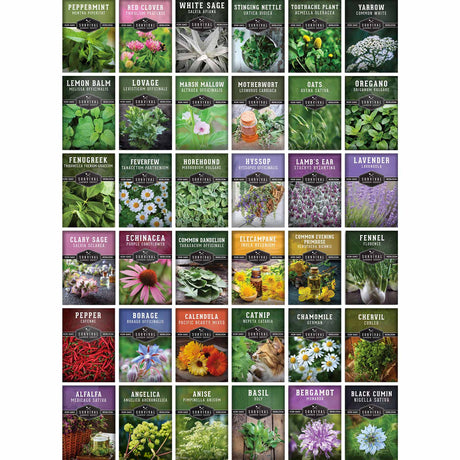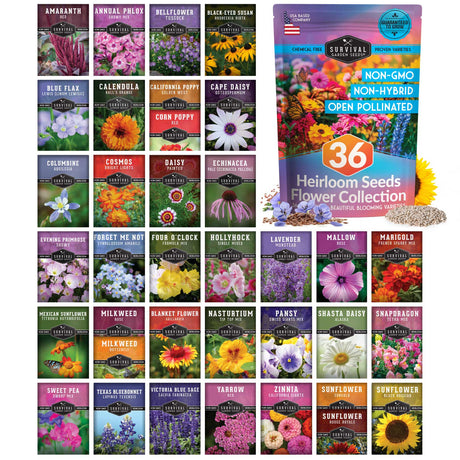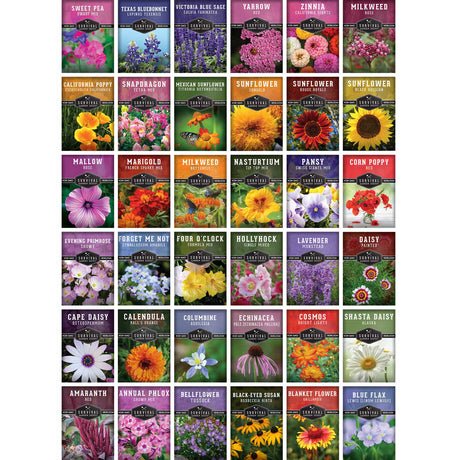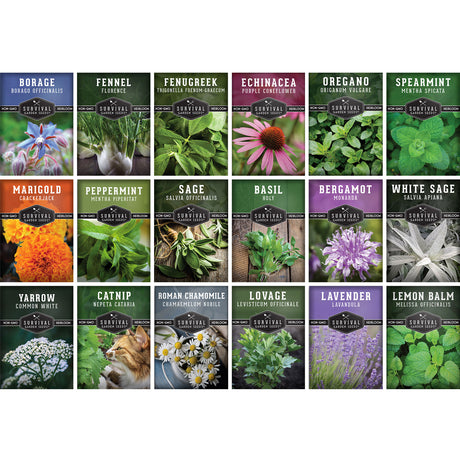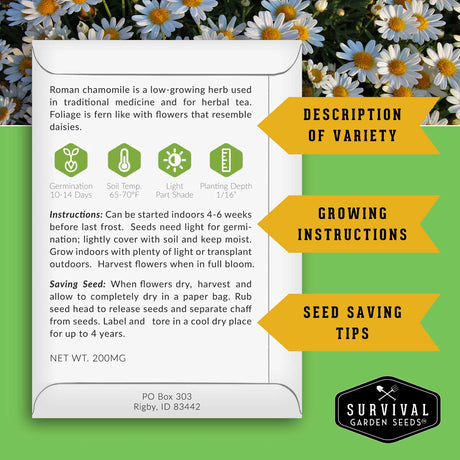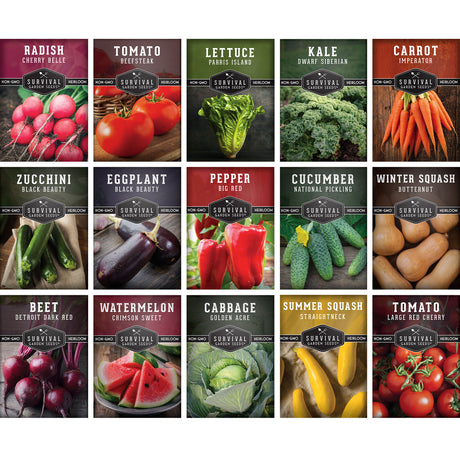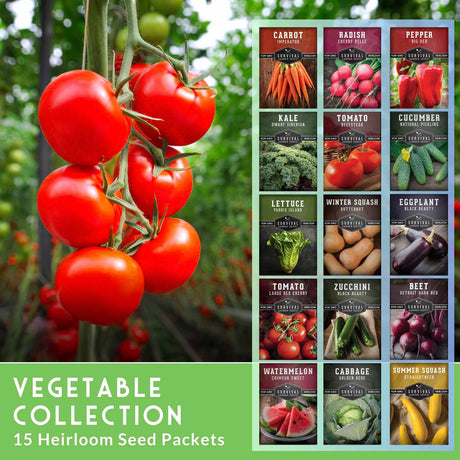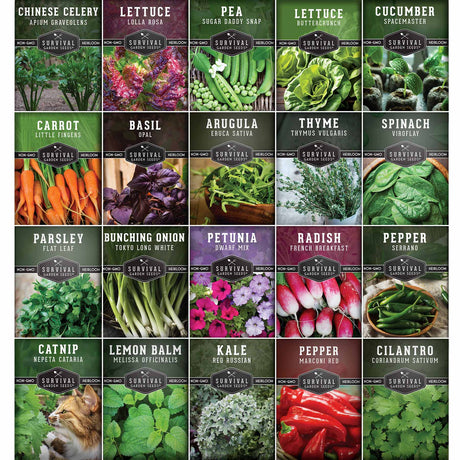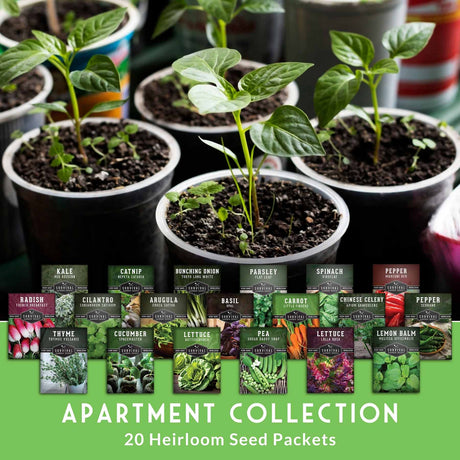Modern interest in holistic wellness has revived a timeless practice: cultivating medicinal plants at home. By setting aside a patio corner, windowsill, or backyard plot, it is possible to create a living pharmacy that supplies teas, tinctures, salves, and syrups year-round. Growing herbs personally ensures freshness and potency while reducing reliance on commercially processed products and cutting costs dramatically. The following guide explains how to design, plant, harvest, and use a home-grown natural medicine cabinet, while keeping safety and sustainability front and center.
Disclaimer: The information provided in this guide is for educational purposes only and is not intended to be a substitute for professional medical advice, diagnosis, or treatment. Always seek the advice of your physician or other qualified health provider with any questions you may have regarding a medical condition or before starting any new herbal remedy or health regimen. Never disregard professional medical advice or delay in seeking it because of something you have read in this article or anywhere else.
Why Cultivate Medicinal Plants at Home?
Home cultivation allows you full control over your growing conditions. Plants raised without synthetic pesticides or fertilizers are free from residues that may compromise therapeutic quality. Gardeners can harvest at peak potency, a level often unattainable in retail products that travel long supply chains before reaching shelves.
In addition to purity, self-sufficiency is a major benefit. Supply chain disruptions, price increases, and product recalls can limit access to herbal remedies when they are most needed. A personal apothecary remains available every day, regardless of market fluctuations or shortages.
The process itself is beneficial for mental health. Hands-on gardening promotes mindfulness, lowers stress, and encourages a deeper relationship with nature’s rhythms. Observing plants mature from seed to remedy cultivates respect for dosage, timing, and sustainable harvests.
Planning Your Herbal Medicine Garden
Assessing Climate and Space
Begin by mapping available growing areas and noting sun exposure, drainage, and microclimates. Mediterranean herbs such as rosemary and lavender need full sun and well-drained soil, whereas woodland plants like lemon balm tolerate partial shade and slightly moist conditions. Balcony gardeners can rely on containers to relocate tender species indoors during cold snaps, while those in mild climates may grow perennials year-round outdoors.
USDA hardiness zones provide a broad framework, but local factors like wind, reflective heat from walls, and humidity can often override what you might assume to be the case based on zone alone. Observing local existing vegetation or consulting nearby garden clubs will give you reliable insights into what thrives in a specific neighborhood.
Choosing Containers, Beds, or Vertical Systems
Raised beds warm up quickly in spring and drain well, making them ideal for low-lying herbs prone to root rot. Containers are ideal for renters or anyone with limited space; choose breathable materials such as unglazed terracotta to prevent waterlogging. Vertical pockets or tower gardens can multiply you square footage and keep creeping plants like mint from taking over valuable ground space.
Regardless of the system you pick, take care to have adequate drainage holes and use trays to protect decks or indoor flooring from stains. Tight quarter gardeners often combine shallow trays for quick-cycling greens with deeper pots for long-term perennials.
Soil Preparation and Organic Amendments
Medicinal plants depend on healthy soil to produce therapeutic compounds. Loamy mixes rich in organic matter foster a diverse microbial community that converts nutrients into plant-available forms. Blend equal parts compost, aged manure, and high-quality garden soil, then sprinkle a slow-release organic fertilizer (for example, kelp meal or rock phosphate) to support steady growth.
pH plays a big role in nutrient uptake; most medicinal herbs prefer a slightly acidic to neutral range (6.0–7.0). Home test kits are inexpensive and will provide a baseline for amendments you might need to make like agricultural lime (raises pH) or elemental sulfur (lowers pH) as needed.
Essential Medicinal Plants to Start With
The following herbs balance ease of cultivation with broad therapeutic applications. They represent the backbone of an inclusive home pharmacy:
- Echinacea (Echinacea purpurea) – Immune support, especially for upper respiratory health.
- Calendula (Calendula officinalis) – Anti-inflammatory flowers ideal for skin salves.
- Chamomile () – Gentle digestive aid and sleep promoter.
- Lemon Balm (Melissa officinalis) – Calming tea herb with antiviral properties.
- Peppermint (Mentha × piperita) – Relieves headaches and muscle tension when used topically or as tea.
- Thyme (Thymus vulgaris) – Robust antimicrobial useful for cough syrups and steam inhalations.
- Turmeric (Curcuma longa) – Potent anti-inflammatory rhizome suited to indoor pots in cooler regions.
Develop a phased approach: start with three or four reliable herbs, gain confidence, and then branch into advanced species such as valerian, skullcap, or marshmallow.
Step-by-Step Cultivation Guide
- Select seeds or starts. Quality heirloom seed offers assurance of non-treated stock free from synthetic coatings. Nurseries specializing in medicinal plants provide vigorous seedlings if germination space is limited.
- Sow at the correct depth. A general rule is planting seeds two to three times their diameter. Light-dependent germinators—such as chamomile—should be pressed onto the surface without covering.
- Maintain consistent moisture. Use a mist sprayer or bottom-watering trays to prevent seed displacement. Plastic domes or repurposed clear containers create mini-greenhouses that retain humidity.
- Thin vigorously. Overcrowded seedlings struggle for light and nutrients, producing weaker medicinal compounds. Remove extras gently with tweezers, leaving the strongest plant every two to three inches.
- Harden off before transplanting. Gradually expose indoor seedlings to outdoor conditions over seven to ten days by increasing sun and wind exposure incrementally.
- Maintain a balanced care routine. Water at soil level in the morning to allow foliage to dry by nightfall, limiting fungal diseases. Mulch with straw or shredded leaves to retain moisture and suppress weeds.
Seed Starting and Propagation Tips
Some herbs, are best propagated via cuttings. Snip four-inch stems below a leaf node, remove lower leaves, and root in water or moist perlite until substantial roots develop. Echinacea seeds benefit from cold stratification: place them in damp sand inside the refrigerator for four weeks to mimic winter conditions and improve germination rates.
Slow germinators such as lavender respond positively to bottom heat. A seedling heat mat set at 70–75 °F accelerates sprouting and reduces damping-off disease.
Watering, Sunlight, and Microclimate Management
Most medicinal herbs originated in regions with pronounced wet-dry cycles, making them tolerant of short droughts but sensitive to waterlogged roots. Assess local rainfall patterns and adjust irrigation accordingly. Drip systems or soaker hoses deliver moisture directly to soil, minimizing fungal issues associated with overhead watering.
Create microclimates by grouping plants with similar needs. Place shade-loving lemon balm behind sun-demanding rosemary to reduce its afternoon heat load. Reflective mulch like light-colored gravel around heat-loving thyme increases soil temperature and essential oil concentration.
Companion Planting for Potency and Pest Control
Companion planting promotes biodiversity and confuses pests. Calendula draws aphids away from delicate neighbors, while thyme emits aromatic compounds that deter cabbage loopers. Legumes such as clover enrich soil nitrogen, improving leafy growth of nearby chamomile without synthetic fertilizers.
Scientific studies indicate that certain pairings enhance phytochemical production. Growing basil alongside echinacea, for example, can increase echinacoside content by up to 15 percent due to root-zone microbial interactions.
Harvesting and Processing Herbs
Optimal Harvest Times
The active ingredients in plants change throughout the day and year. Pick the parts of the plant above ground in the morning, after the dew is gone but before the sun gets too strong and makes them lose their beneficial oils. Roots and rhizomes, such as turmeric, are best collected in late fall when energy has returned underground.
Use clean, sharp shears to prevent bruising. Avoid harvesting more than one-third of a plant at once, ensuring adequate leaf area remains for photosynthesis and regrowth.
Drying, Tincturing, and Oil Infusions
Dry your herbs quickly to preserve color and potency. Spread thin layers on mesh screens in a well-ventilated, dark room, turning daily until stems crack cleanly. A dehydrator set no higher than 95 °F shortens drying time and limits mold development in humid climates.
For tinctures, chop fresh or dried herb material and submerge in 40–50 percent alcohol (vodka or brandy) at a 1:2 ratio for fresh plants or 1:5 for dried. Store in a sealed glass jar, shaking daily for two weeks, then strain through cheesecloth and bottle in amber dropper jars.
For oil infusions, salves, and massage oils: fill a heat-proof jar two-thirds with dried plant matter and cover with carrier oil (olive, jojoba). Heat gently in a double boiler at 120 °F for three to five hours, monitoring to avoid scorching, then strain and store away from light.
Safe Storage and Shelf Life
Dried herbs retain potency for 6–12 months when sealed in airtight containers and kept out of sunlight. Label each jar with plant name, harvest date, and origin. Tinctures remain effective for five years or more due to alcohol’s preservative effects; oils and salves last up to one year, provided vitamin E or rosemary antioxidant extract is added to prevent rancidity.
Rotate stock annually to ensure fresher remedies are used last. Compost expired material or repurpose it in non-medicinal crafts like potpourri.
Building Your Natural Medicine Cabinet
Common Remedies and Their Applications
Combine individual herbal preparations into a functional kit suited to everyday ailments:
- Immune tincture: Echinacea root, thyme leaf, and elderberry bolster resistance during flu season.
- Wound salve: Calendula oil, beeswax, and a few drops of tea tree essential oil speed skin repair.
- Sleep tea blend: Chamomile, lemon balm, and passionflower calm nervous tension without morning grogginess.
- Digestive bitters: Peppermint, ginger, and dandelion root stimulate bile production and relieve bloating.
Personalize formulations to address family health patterns. A household prone to seasonal allergies may emphasize anti-inflammatory nettle tincture, whereas athletes benefit from arnica topical preparations for bruises.
Dosage Considerations and Safety Guidelines
Herbal strength varies based on plant part, freshness, and extraction method. Consult established references or a qualified herbalist. Pregnant or breastfeeding individuals should exercise caution with uterine-stimulating herbs such as sage and pennyroyal. Concurrent medications may interact with certain constituents; for example, St. John’s wort accelerates drug metabolism which can interfere with medicinal benefits.
Record Keeping and Labeling
Accurate records help improve safety and allow you to learn from your mistakes. Maintain a dedicated notebook or digital spreadsheet detailing seed source, cultivation notes, harvest dates, and preparation ratios. Should adverse reactions occur, clear documentation assists healthcare providers in identifying causes.
Labels on finished products must include common and Latin names, plant parts used, solvent type, ratio, date, and intended applications. Waterproof ink is a great idea to prevent smudging in kitchens and bathrooms.
Troubleshooting and Sustainability
Organic Pest Solutions
Preventive measures, including healthy soil, adequate spacing, and regular inspection, work together to form the foundation of pest management. When intervention becomes necessary, choose safe, organic, biodegradable options that are non-harmful to humans and beneficial insects. In fact, you can encourage predatory allies by planting nectar-rich yarrow and dill to attract lady beetles and lacewings. Bird baths and small brush piles provide habitat for insect eating songbirds that naturally regulate pest populations.
Saving Seeds for Future Seasons
Seed saving preserves genetic diversity and adapts plants to local conditions. Allow a subset of herbs—basil, cilantro, calendula—to flower and set seed. Collect when seed heads dry, then winnow chaff and store in labeled paper envelopes placed inside airtight jars with a silica gel packet to control moisture.
Taproot plants like echinacea must overwinter before seeds mature; mark mother plants early to prevent accidental harvest. Exchange seeds with community gardeners to widen the genetic pool and strengthen regional resilience.
Ethical Foraging and Biodiversity
If supplementing the garden with wild-crafted plants, adhere to ethical guidelines: harvest only abundant species, take no more than 10 percent of any given population, and avoid protected areas. Use field guides to confirm identity and avoid toxic look-alikes such as poison hemlock mistaken for wild carrot.
Integrating native medicinals like blue vervain, bergamot (bee balm), and coneflowers will support local pollinators while reducing your care needs in the garden. This diversity also buffers the garden against disease outbreaks and climatic extremes.
Conclusion: A Living Pharmacy at Your Fingertips
Transforming soil, seeds, and sunlight into a personal natural medicine cabinet bridges ancient tradition with modern wellness. Through thoughtful planning, meticulous cultivation, and responsible usage, a home garden supplies remedies that promote health, resilience, and environmental stewardship. The journey begins with a single seed and can grow into a lifelong partnership with the healing power of plants.
